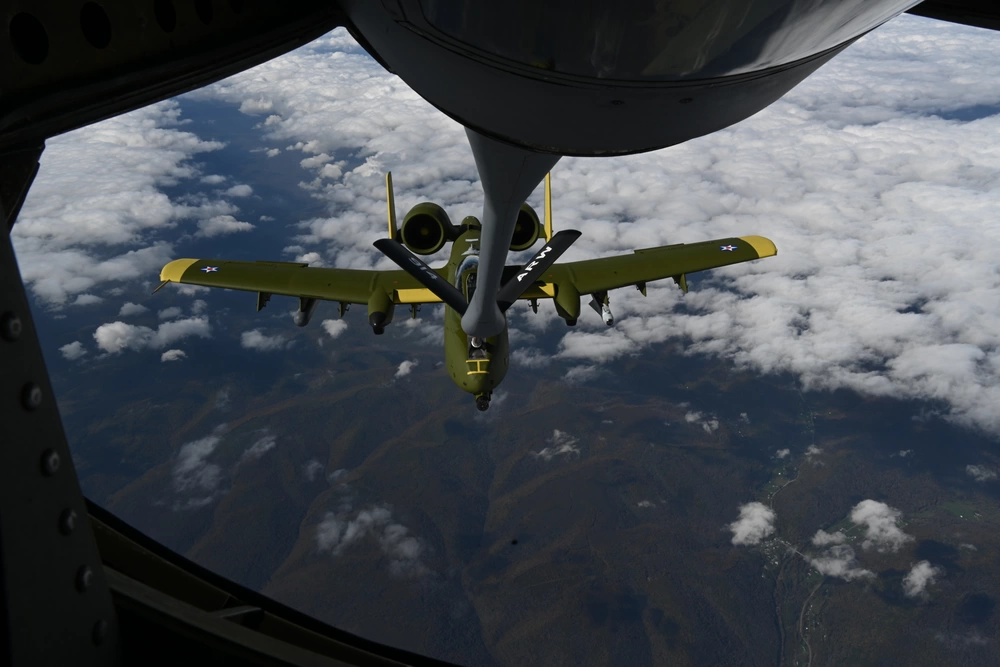Uncategorized
Fueling the Future
A Greener, More Independent Future for the Air Force?
The topic of synthetic, renewable jet fuel is very intriguing. Jet fuel made from something other than fossil fuel may still sound like a futuristic dream. However, with several new motivations to find an alternative solution, the US seems to be getting close to succeeding.
If the US military does find an alternative solution to the current jet fuel, there are numerous benefits for our armed forces. If you have ever spent time at a gas station these past few years, it is likely you have felt a certain way to watch the gas meter climbing higher and higher while you filled up. Now imagine this, the Air Force runs through approximately two billion gallons of gas every year, at the cost of about $7 billion.
Foreign Oil and the Search for alternatives
Keeping the Air Force’s 5,625 aircraft in the air requires more than simply money. Every fighter plane that flies has a complicated and often fragile supply chain behind putting it into the sky. These chains are often foreign oil well based, a dependency that the US is eager to break.

To say that the Air Force wants an alternative to foreign fossil fuel, is a significant understatement.
The Air Force is pursuing a plethora of new technologies to lessen its reliance on foreign oil, improve the efficiency of its engines and cut gas use. This will make it easier to keep bases and aircraft fueled up. These innovations include improving engine design, evaluating jet fuel usage, and even washing engines differently to improve performance. However, the biggest innovation that could help not only improve our planet but give our forces the advantage of independence is producing our own renewable jet fuel.
Enter synthetic jet fuel
One very important benefit synthetic fuel would provide is a dependable and renewable resource. Fossil fuels are finite, and eventually we will run out of this option to fuel our aircraft. Fossil fuels, as mentioned, are often located in highly contested areas in the world, which can cause complications or even create conflict. Vehicles transporting this fuel can become targets, and supply chains can be compromised, leaving the US without fuel and often with casualties. The supply chain disruption can also give some strategic advantages to the enemy when in an active conflict. Additionally, the environmental impacts of using fossil fuel is another reason the US is looking for a synthetic solution. To find a solution that puts the US in complete control of their supply and is environmentally conscious, would be an enormous win-win for the armed forces, the Air Force in particular.
The company proposing and producing this new synthetic fuel is a Brooklyn based business, aptly called Air Company. The 2017-founded Air Company has selected the city of Bushwick, Brooklyn as its experimental center for producing sustainable aviation fuel (SAF). This fuel is produced utilizing the ground-breaking technique named power-to-liquid process, which transforms water and carbon dioxide into fuel. For its creative initiative, the corporation has received $65 million from the Air Force Defense Innovation Unit.
The Chemistry Behind the Concept
Electrolysis is used by Air Company to separate a little amount of water from the municipal supply into hydrogen and oxygen. While the hydrogen is kept under high pressure, the oxygen is released back into the atmosphere. The company obtains biogenic CO2 from the fermentation of ethanol to combine with the compressed hydrogen and produce gasoline.
To produce fuel, the carbon is taken from New York and then brought to Brooklyn. To cut down on emissions from transportation, Air Company is thinking about moving facilities closer to the carbon source for larger-scale manufacturing. This reduces the sustainable aviation fuel’s total lifecycle emissions.
The new proposed formula of this synthetic jet fuel involves taking carbon monoxide from areas where it is already produced – and thus not adding more to the atmosphere during its creation. Unlike previous synthetic fuels, this fuel will not have to be mixed with fossil fuels. Mixing the two is currently something that other predecessors journeying on this renewable fuel option cannot avoid at this point. Air Company’s AirMade fuel can be manufactured using only carbon dioxide and is a “drop-in” kerosene that doesn’t require blending. In addition, AirMade is equally priced to conventional fossil fuels and is environmentally favorable.
The Beginning of a Great Thing
Air Company’s partnership with the Air Force to produce renewable, synthetic fuel has the added benefits of helping the Air Force achieve its carbon emission reduction goals, not to mention upholding the Agile Combat Employment (ACE) doctrine.
The term “agile combat employment” (ACE) is used by the US Air Force to designate a method of operations that relies less on major traditional overseas bases serving as hubs for the deployment of combat power and more on the launch, recovery, and maintenance of aircraft. This decision for change has been largely based on preventing the reconnaissance and weaponry that could put the bases at risk. In this change with ACE, operations are moved from centralized physical infrastructures to a network of smaller, dispersed locations, which can hinder enemy planning and give joint force commanders more options.
Looking Forward to the Future
Upon its success, this new technology resulting in renewable synthetic jet fuel will be a big help and a huge advantage. Any military technology that will allow the US independence is a huge asset in our quest to remain ahead of conflicts. A success in this area can also hopefully give way to additional technology that could mean a greener future for fuel production.
Enjoy reading this post? Check out our newest HERE.
Want to put yourself ahead of others and make more money while doing it? Click HERE to see how we can help you.
Like reading about military technology? Read about some more HERE.

